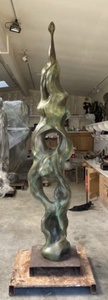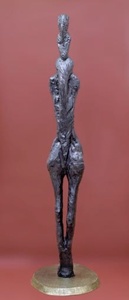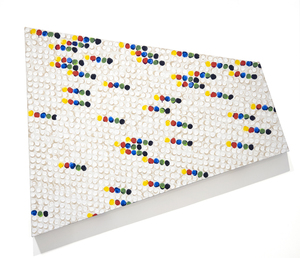ROBERT INDIANA (1928-2018)
_27035.jpg)
_27035_detail1.jpg)
_27035_detail2.jpg)
_27035_detail3.jpg)
_27035_detail4.jpg)
_27035_detail5.jpg)
_27035_detail6.jpg)
_27035_detail7.jpg)
_27035_detail8.jpg)
_27035_detail9.jpg)
Provenance
Private Collection, ZurichExhibition
Robert Indiana, outdoor exhibition at Paseo del Prado, Madrid 2006, full page in situ illustration on cover and p. 46, 47Robert Indiana, outdoor exhibition at Gran Vía, Bilbao 2007, p. 43, full page in situ illustration p. 42 and double page in situ illustration p. 44-45
Robert Indiana, outdoor exhibition at Gran Vía, Valencia 2007, p. 47, full page in situ illustration on cover and p. 46, 47
Robert Indiana a Milano, Padglione di Arte Contemporanea, Milan 2008, p. 40, full page in situ ill...More...ustrations p. 41-53, color illustration p. 134
Robert Indiana: Beyond Love, Whitney Museum of American Art, New York 2013, no. 140, p. 132, 251, 252, full page color illustration p. 148
Robert Indiana, Pinacoteca Comunale Casa Rusca, Locarno 2017, full page color illustration
Literature
Simon Salama-Caro, Joachim Pissarro, John Wilmerding, Robert Pincus-Witten, Robert Indiana, Rizzoli, New York 2006, p. 168, 291, 293, full page in situ illustration p. 169Der amerikanische Maler der Zeichen / American Painter of Signs - Robert Indiana, Museum Kurhaus Kleve, Kleve 2007, p. 26-27
Robert Indiana: To Russia with Love, State Russian Museum, St. Petersburg 2016, p. 123, full page color illustration p. 122
...LESS... Price900,000
History
It is not difficult to grasp how Robert Indiana’s brilliant two-row arrangement of four letters came to help empower a movement during the 1960s. Its origin emerged from deeply felt exposure to religion and from friend and mentor Ellsworth Kelly, whose hard-edged style and sensuous, unaccented color made a lasting impression. But as Indiana exclaimed, it was a moment of kismet that just happened when “LOVE bit me!” and the design came to him sharp and focused. Indiana, of course, put the design through many paces, and then the logo began to sprout up everywhere. The message, best conveyed in sculpture, stands in cities worldwide and has been translated into several languages, not least of which, is its Italian iteration, “Amor” with its fortuitous “O” also tilted to the right. But rather than being kicked by the foot of the “L”, this version lends a beautifully staged teetering effect to the “A” above. It gives a new, but no less profound, impression of love and its emotionally charged nature. In either case, Love’s tilted “O” imparts instability to an otherwise stable design, a profound projection of Indiana’s implicit critique of “the often-hollow sentimentality associated with the word, metaphorically suggesting unrequited longing and disappointment rather than saccharine affection” (Robert Indiana’s Best: A Mini Retrospective, New York Times, May 24, 2018). Repetition, of course has a nasty habit of dampening our appreciation for the genius of simplicity and, groundbreaking design. Late in life, Indiana lamented that “it was a marvelous idea, but also terrible mistake. It became too popular. And there are people who don’t like popularity.” But we, denizens of a world fraught with divisiveness and caught in turmoil, thank you. “Love” and its many versions are strong reminders of our capacity for love, and that is our best everlasting hope for a better future.
MARKET INSIGHTS
Comparable Sculptures Sold at Auction
Sculptures in Museum Collections
Image Gallery
Additional Resources
Authentication
Simon Salama-Caro, Joachim Pissarro, John Wilmerding, Robert Pincus-Witten, Robert Indiana, Rizzoli, New York 2006, p. 168, 291, 293, full page in situ illustration p. 169.
View excerpt
Inquire
Other Works by Robert Indiana
You May Also Like


















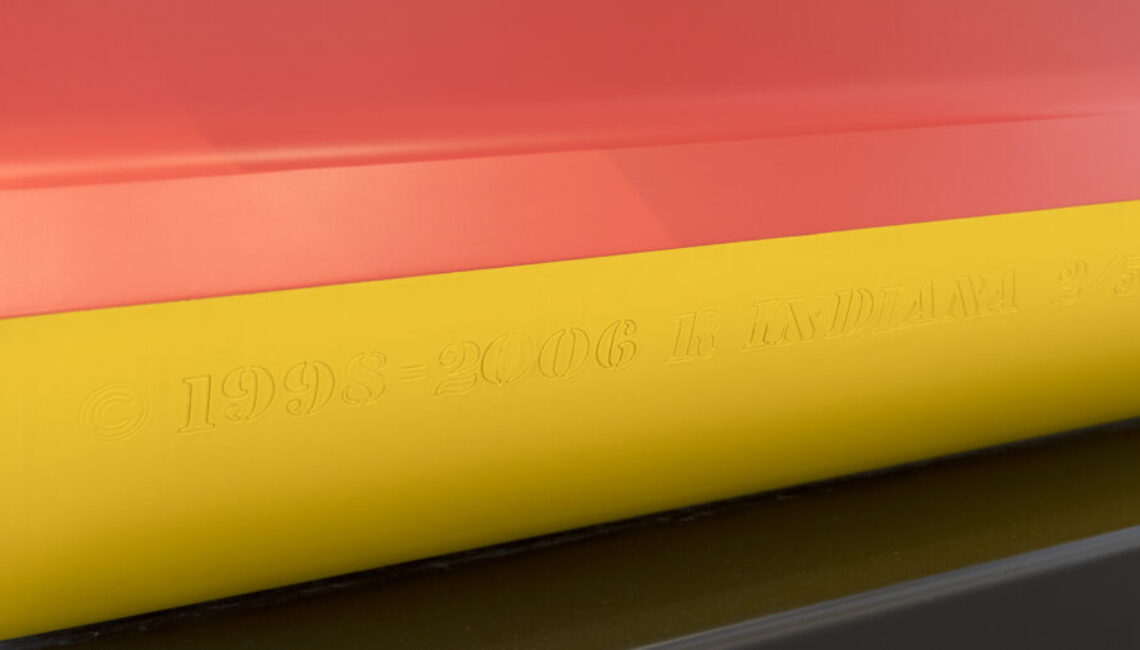



















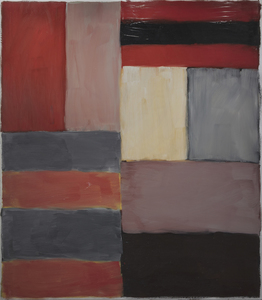



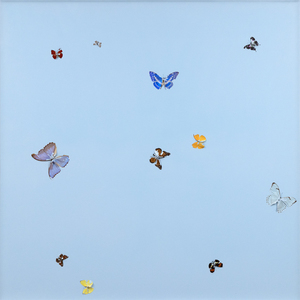


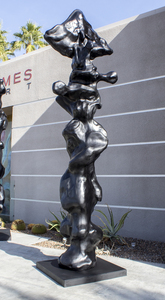
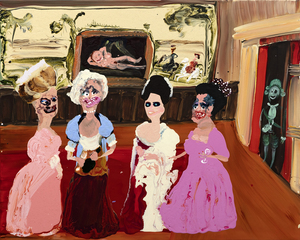
_tn41396.jpg )



_tn46616.jpg )
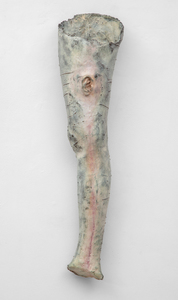

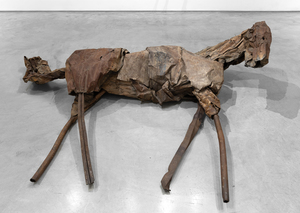


_tn28596.jpg )
